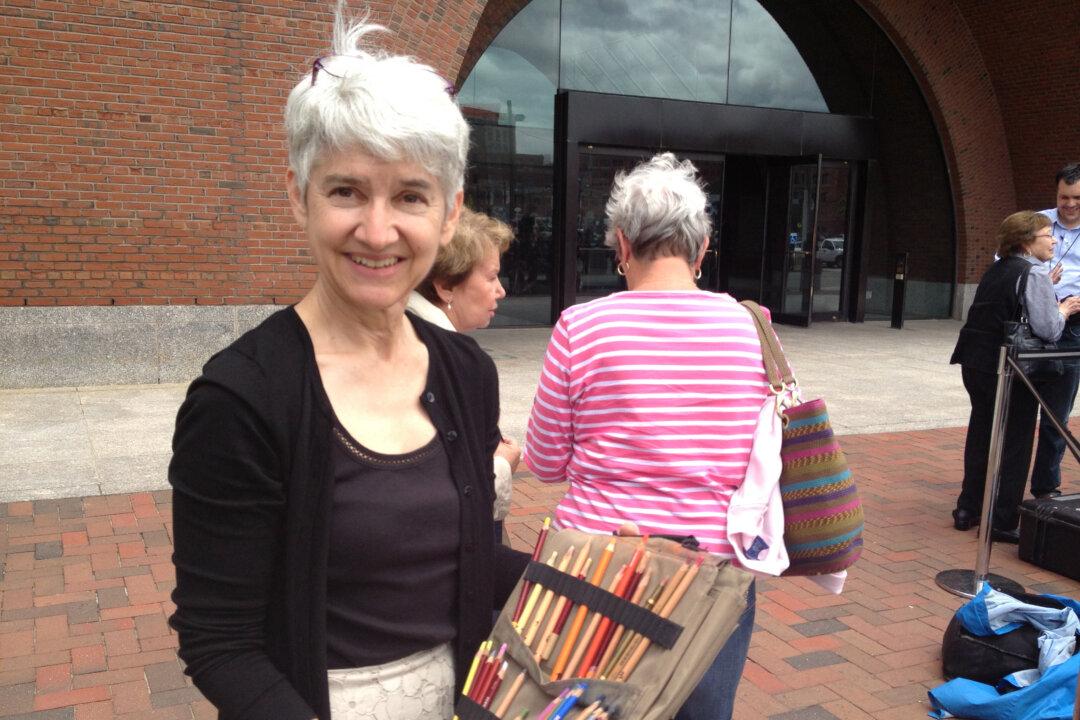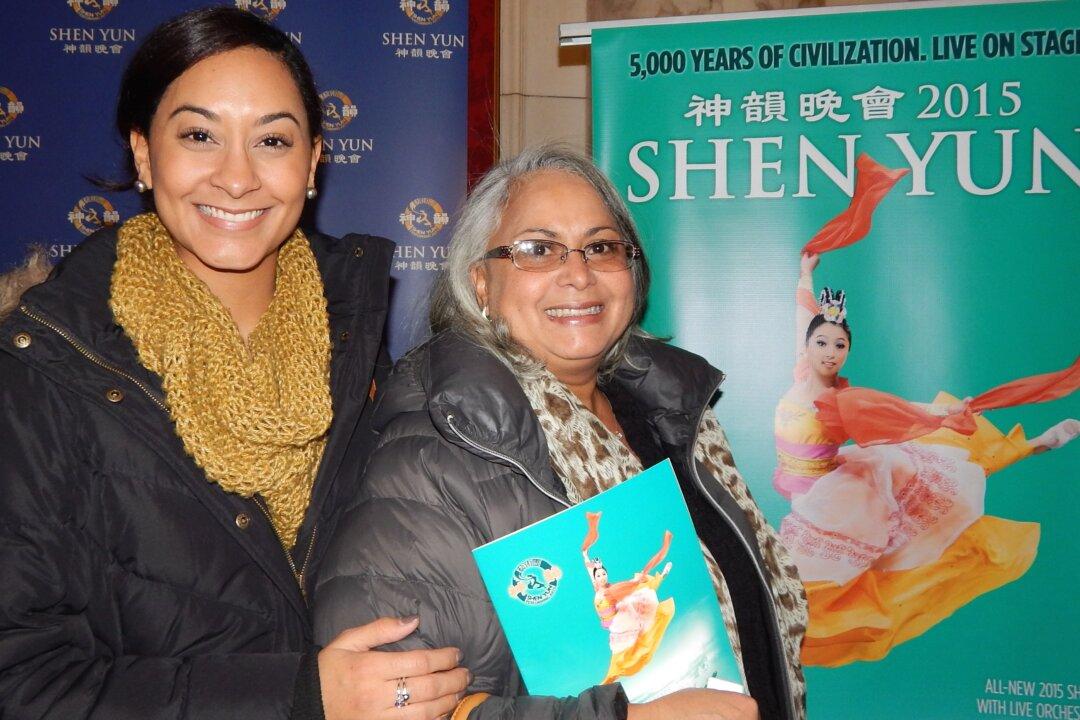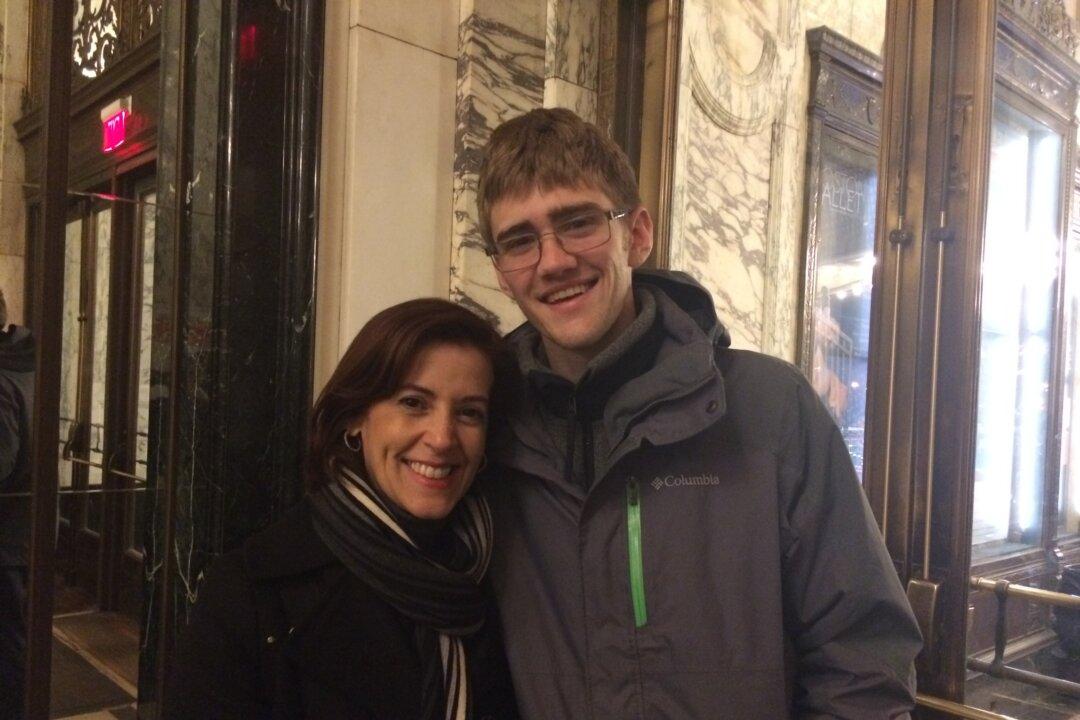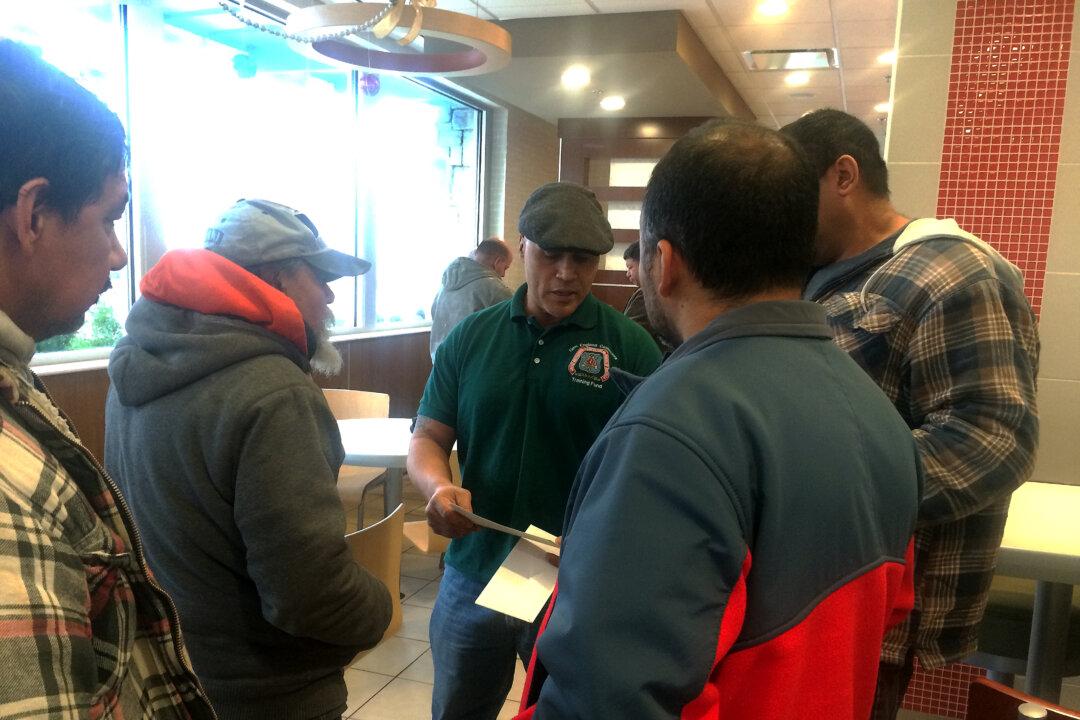BOSTON—On the opening day of the trial of Boston mafia boss James ‘Whitey’ Bulger the main courtroom was filled to capacity.
Only the lawyers and family were allowed inside, and Margaret Small.
Small is the courtroom sketch artist. She has been documenting events behind the closed doors of courtrooms for 37 years.
U.S. federal courtrooms don’t allow photographers, but they do permit up to two sketch artists, who are charged with capturing the only images that will be allowed out of the courtroom.
The sketch artist is the public’s eye into an otherwise inaccessible world.
Standing outside the John Joseph Moakely Federal Courthouse after the close of the first day of the Bulger trial, Small’s eyes were wide as she remembered the scene:
“You can feel the tension. Whitey Bulger looks straight ahead, he doesn’t look at the witnesses or anything.”
The family of victims came out in force for the opening day, filling the 70-seat courtroom. Small describes them sitting in rapt attention, watching everything.
“Just to look at their faces you can read years of pain,” Small said.
Bulger faces 32 counts for racketeering, extortion, money laundering, drug dealing, and gun stockpiling. Among his charges are 19 counts of murder.
The most memorable is the case of Debra Davis, the girlfriend of Bulger’s associate Steve “The Rifleman” Flemmi. Davis disappeared in 1981. Her body was uncovered in 2001 after Flemmi’s associates began cooperating with the FBI.
Her brother, Steve Davis, was present in the courtroom. He has been a loud voice in the call for justice to be served.
Captured on Paper
Margaret Small works on blue paper because she wants to bring light and color to a dark background.
Some may think that in this high tech world with digital photography and HD video, the sketch artist is a relic of the past. But a drawing can capture the feeling in a room the way no photo can.
“A photo shows everything, but in the drawing you can focus in on what is important: the emotion. It’s there in what you leave out,” Small said.
“I go for the feeling. I go for the drama of it.”
Small is one of two sketch artists covering the Bulger trial. It is the biggest trial she has ever been on, though she is no stranger to the world of the Mafia.
Small got her start as a sketch artist in Cleveland in 1976 after mob boss John T. Scalish died in surgery with no named successor.
According to Small, “Cleaveland became the mob capitol of the world that year.”
A recent graduate, Small was still green behind the ears when she was tossed into the center of the mob war trials.
“I was sitting outside the grand jury room, I wasn’t allowed in. When the next Don to be and his associate came out, the reporter I was working with made small talk about their jewels so I could memorize their faces and go around the corner and draw their pictures,” she said.
That was famed Cleveland mafia boss ‘Jack White’ Licavoil.
Small talked faster as she remembered the incident: “When I came back and he realized what I was doing he threatened to burn my boards. Later on he did attack a cameraman and broke his camera.”
When she talks about the people she has drawn, the participants in the trials she has covered, their names roll off her tongue with a farmilar air. She sounds like she’s remembering some kids she grew up with.
It is clear that through her work, Small gets to know and understand her subjects, and that knowledge shows in emotive faces found in her sketches.
After that first trial in Cleveland Small knew she had found her life’s work. “I just loved it from the start. I felt like I was born to do this,” she said.
You can see more examples of Margaret Small’s work at: www.courtroomdrawings.com




